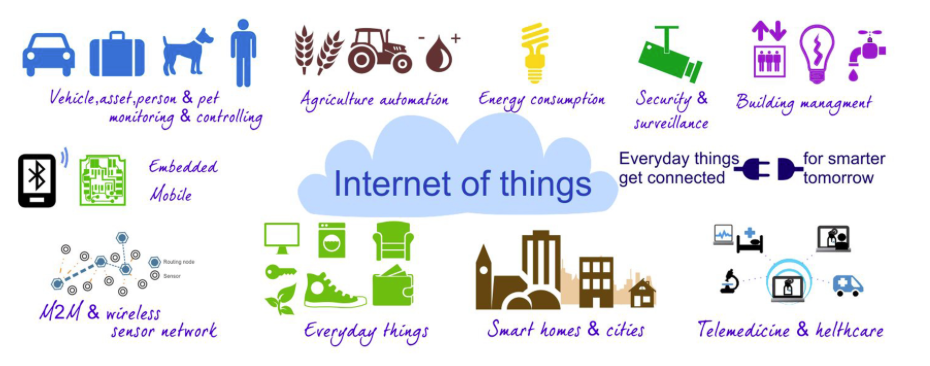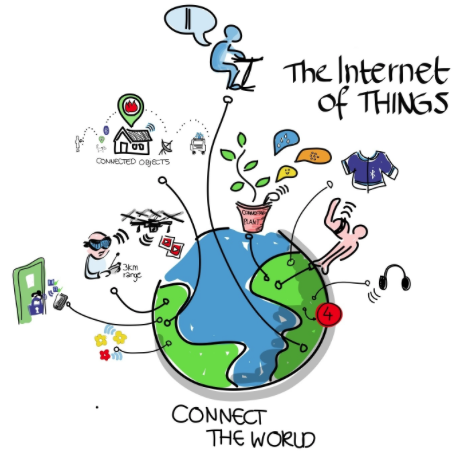
Internet of Things, the future looks Connected!
December 5th, 2014.
“Big Data is at the foundation of all the mega-trends that are happening today”


What is IoT?
Internet of things related to the interconnection of embedded computing devices within the exiting internet infrastructure. This implies the physical world will increasingly become virtualized, or seen another way, the physical world will increasingly have “smart-technology” in it. Smart objects will increase automation and enable a Smart Grid. By 2020, experts believe there will be 26 billion devices on the IoT grid.
IoT will have to use IPv6 since integration with the internet implies these “devices” or “smart-nodes” will utilize an IP address as a unique identifier. The embedded nature of computing of many IoT devices means low-cost automation of many things. Like cells in an organism, the grid will make the world come alive in new and possibly unforeseen ways.
“Internet of Things” has been a keyword in technology for a while, but we have yet to fully see, feel and hear it’s grand entrance into our mainstream lives. Without going into too much detail, let’s take a quick look at it’s potential implications.
Here are some of the fields we can anticipate it to impact:
Internet of Things Wiki
Related Concepts:
Algorithmic Regulation - Towards a new Collective Organization
Articles:
The Internet of Things to bring a new economic boom
The Internet Of Things Is Reaching Escape Velocity

In 1999, Ashton said it best in this quote from an article in the RFID Journal:
“If we had computers that knew everything there was to know about things - using data they gathered without any help from us - we would be able to track and count everything, and greatly reduce waste, loss and cost. We would know when things needed replacing, repairing or recalling, and whether they were fresh or past their best”.
This in fact, is now in 2014 quite foreseeable, how machine-learning predictive algorithms could help organize society and with the help of 3-D printing automate the physical world, and our cities in an environmentally friendly sustainable way circa life 2050.
Related Videos:
